Knowledge | Culture methods of geraniums
Geranium likes warm climate and fertile loose soil, is resistant to drought and waterlogging, grows poorly in hot summer and high temperature, and is in a semi-dormant state. Today Huahua will teach you some maintenance skills of geraniums!
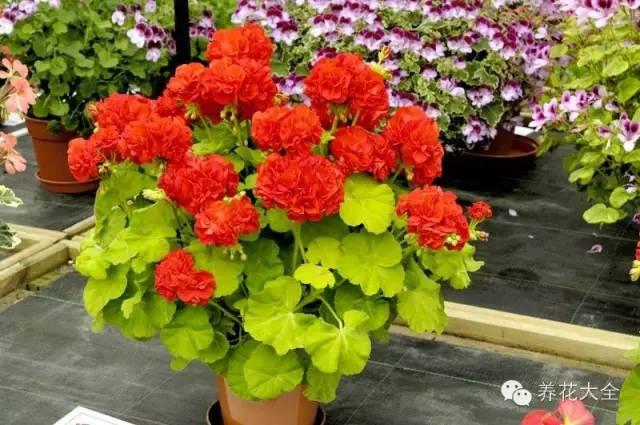
1 the culture method of geranium
1. Soil: geranium has strong adaptability and can grow in all kinds of soil, but the sandy loam soil rich in humus grows best.
2. Watering: geraniums like dryness, hate dampness, and should not be watered too much in winter. When the soil is wet, the stem is tender, which is not conducive to the sprouting and opening of flower branches. Long-term excessive humidity will cause the plant to grow too much, the position of the flower branch to move up, and the leaves to yellowing and fall off.
3. Sunshine: geraniums need plenty of sunlight during their growing season, so they must be placed in the sun in winter. Lack of light, long stems and leaves, soft pedicels and dysplasia of inflorescences. Buds in low light often fail to bloom and wither ahead of time.
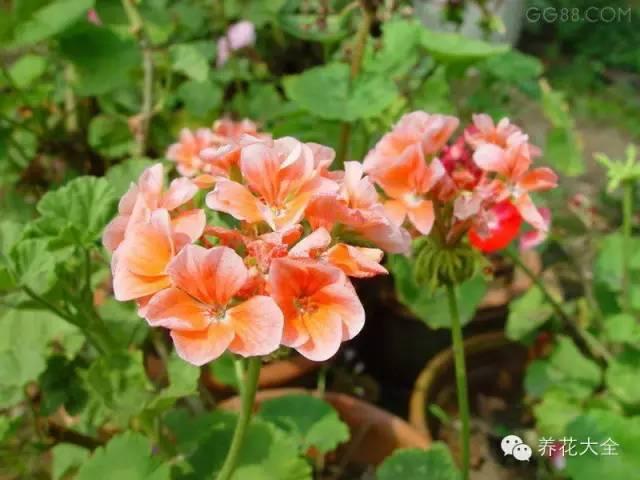
4. Temperature: the geranium likes to be warm in winter and cool in summer. It can blossom normally when the indoor temperature is kept 15 ℃ every day in winter and the temperature at night is above 8 ℃. But the optimum temperature is 15-20 ℃.
5, fertilization: geraniums do not like big fertilizer, too much fertilizer will make geraniums grow too prosperous and not conducive to flowering. In order to bloom luxuriantly, watering dilute book fertilizer water (rotten bean cake water) once every 2 weeks can promote normal flowering by watering 800 times potassium dihydrogen phosphate solution every 7-10 days.
6. Insect pests: geraniums are poorly ventilated and too humid, and are prone to leaf spot and Fusarium wilt. After discovery, pay attention to ventilation, immediately remove sick flowers and leaves to prevent infection, and spray the same amount of Bordeaux solution to prevent and cure. The main pests are red spiders and whitefly, which can be sprayed with 1000 times of omethoate emulsion.
7. Pruning: pruning in order to promote more flowering of the geranium with more branches, it is necessary to pick the heart of the plant many times to promote it to increase branches and budding. After shedding the flowers, cut off the residual flowers at the right time, cut off the too dense and thin branches, so as not to consume too much nutrients, but it is cold in winter and should not be re-cut.
2 curing of pelargonium in winter
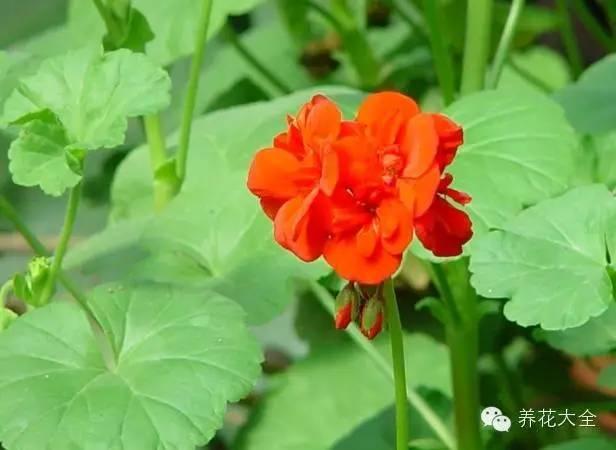
Geraniums like temperature and light and are afraid of cold. Measures should be taken to prevent cold in winter. The indoor temperature should be kept at 15 ℃-20 ℃ and not less than 10 ℃ at night. But the environment with temperature higher than 25 ℃ is also disadvantageous to its growth and development.
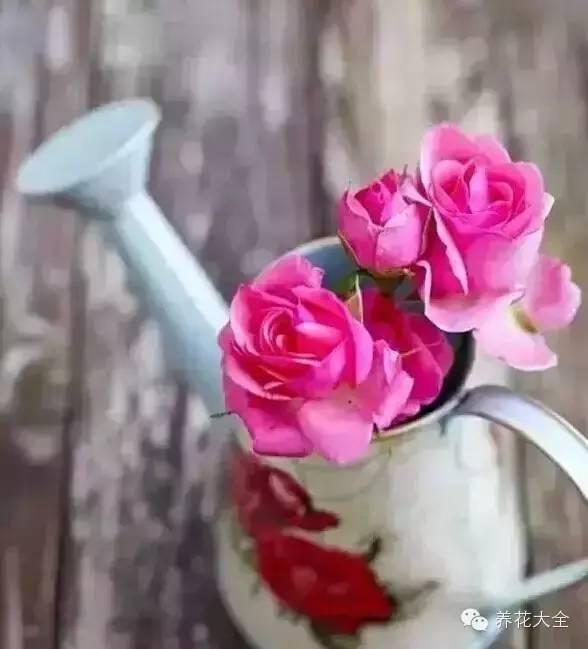
Moderate water and fertilizer geraniums are afraid of dampness and drought resistance, so they should be watered appropriately every day, usually every 5-7 days, and keep the basin soil dry and slightly wet. Too much watering will cause leaves to yellowing and fall off, affect flowering, and even cause rotting roots and death. Usually, the foliar surface should be sprayed with clear water to keep the foliar surface clean, which is conducive to photosynthesis. In order to make the pelargonium blossom continuously after winter, sufficient nutrients should be supplied. Dilute liquid fertilizer should be applied every 10 days or so. It can be mixed with bean cake, hoof slices and fishy water and used after fermentation.
Pruning and coring in order to promote more flowering of the more branched geranium, it is necessary to pick the heart of the plant many times to promote it to increase branching and bud pregnancy. After shedding the flowers, cut off the residual flowers at the right time, cut off the too dense and thin branches, so as not to consume too much nutrients, but it is cold in winter and should not be re-cut.
3. Control of main diseases of geranium.
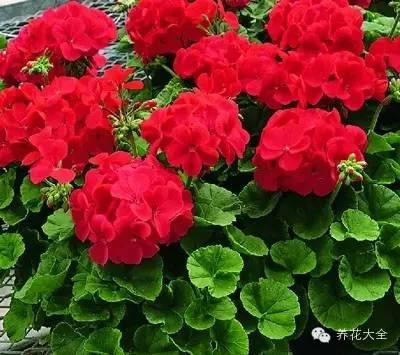
1. Leaf spot. In the early stage, small needle-sized, round or irregular brown spots will appear on the leaves, and then gradually expand to dark brown or reddish brown spots, and in severe cases, the whole leaf is covered with disease spots until they dry up and fall off. The stems and branches of the stem are also black, wrinkled and rotten, and even the leaves on the stem wither and die, leaving only a few leaves at the top.
Preventive measures: a. Greenhouse cultivation density should not be too large, should pay attention to regular ventilation and light transmission.
b. Avoid watering the plant and avoid splashing water droplets.
c. Avoid cutting cuttings on diseased plants. If diseased leaves and branches are found, they should be cut off and burned.
d.
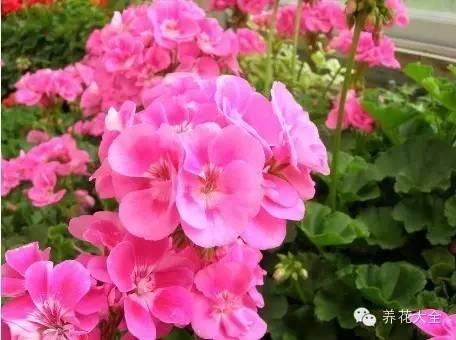
2. Grey mold. First harm the flowers, so that the edge color of the petals darkened and withered, too much air humidity will appear gray mold layer, florets kink together, damaged petals fall on the leaves, will also cause the disease of the leaves.
Prevention and control measures: a. Timely removal of diseased leaves and flowers, watering to avoid feeling on the plant, timely removal of water on leaves and flowers, often pay attention to ventilation and light.
b. In the early stage of the disease, 75% chlorothalonil 500 times liquid was sprayed for 3 times in a row.
Follow the official Wechat account of Flower cultivation, so that you can grow any flowers!
WeChat account: yanghua98 (long press copy)
To meet a florist, please add a florist to Wechat: huahuishi
- Prev
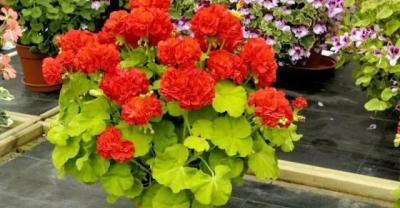
Matters needing attention in small-tailed Han sheep breeding!
1. The enclosure of small-tailed Han sheep should be built on high-dry terrain, good drainage, adequate lighting, cold protection in winter and spring, cooling in summer, and good ventilation.
- Next
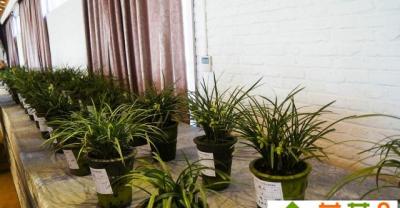
Introduction to the culture of yellow mud turtle
1. A brief introduction to the species of yellow mud turtles, also known as yellow mud turtles and yellow mud egg turtles, is one of the common species of egg turtles. The back nail is yellow, the nail piece is larger, flat,.
Related
- On the eggshell is a badge full of pride. British Poultry Egg Market and Consumer observation
- British study: 72% of Britons are willing to buy native eggs raised by insects
- Guidelines for friendly egg production revised the increase of space in chicken sheds can not be forced to change feathers and lay eggs.
- Risk of delay in customs clearance Australia suspends lobster exports to China
- Pig semen-the Vector of virus Transmission (4)
- Pig semen-the Vector of virus Transmission (3)
- Five common causes of difficult control of classical swine fever in clinic and their countermeasures
- Foot-and-mouth disease is the most effective way to prevent it!
- PED is the number one killer of piglets and has to be guarded against in autumn and winter.
- What is "yellow fat pig"? Have you ever heard the pig collector talk about "yellow fat pig"?

